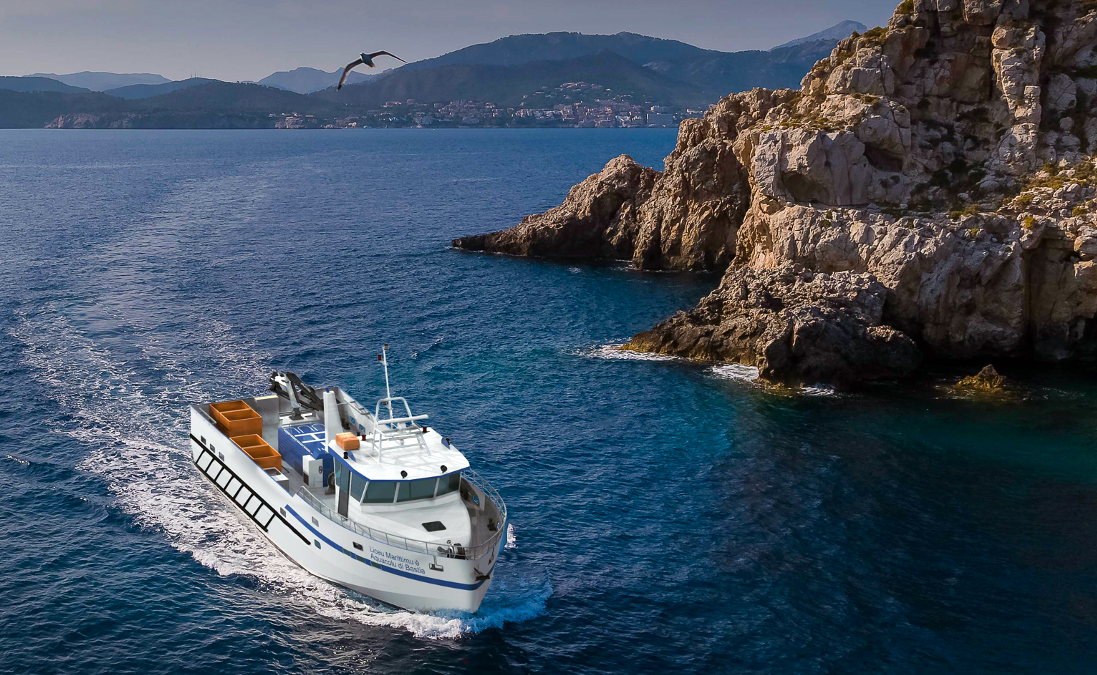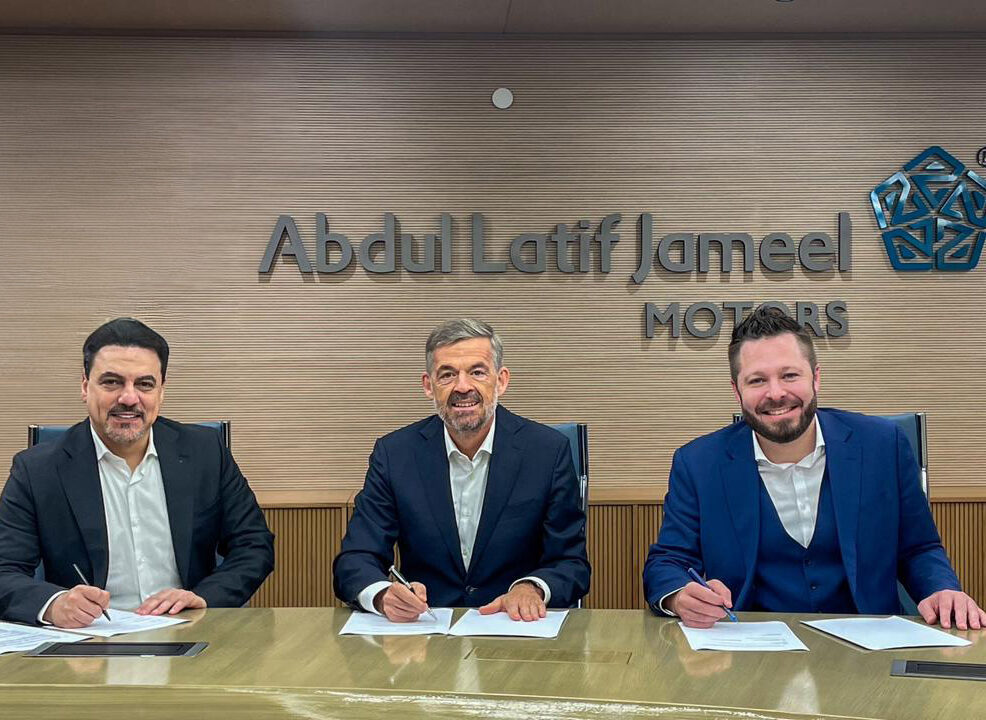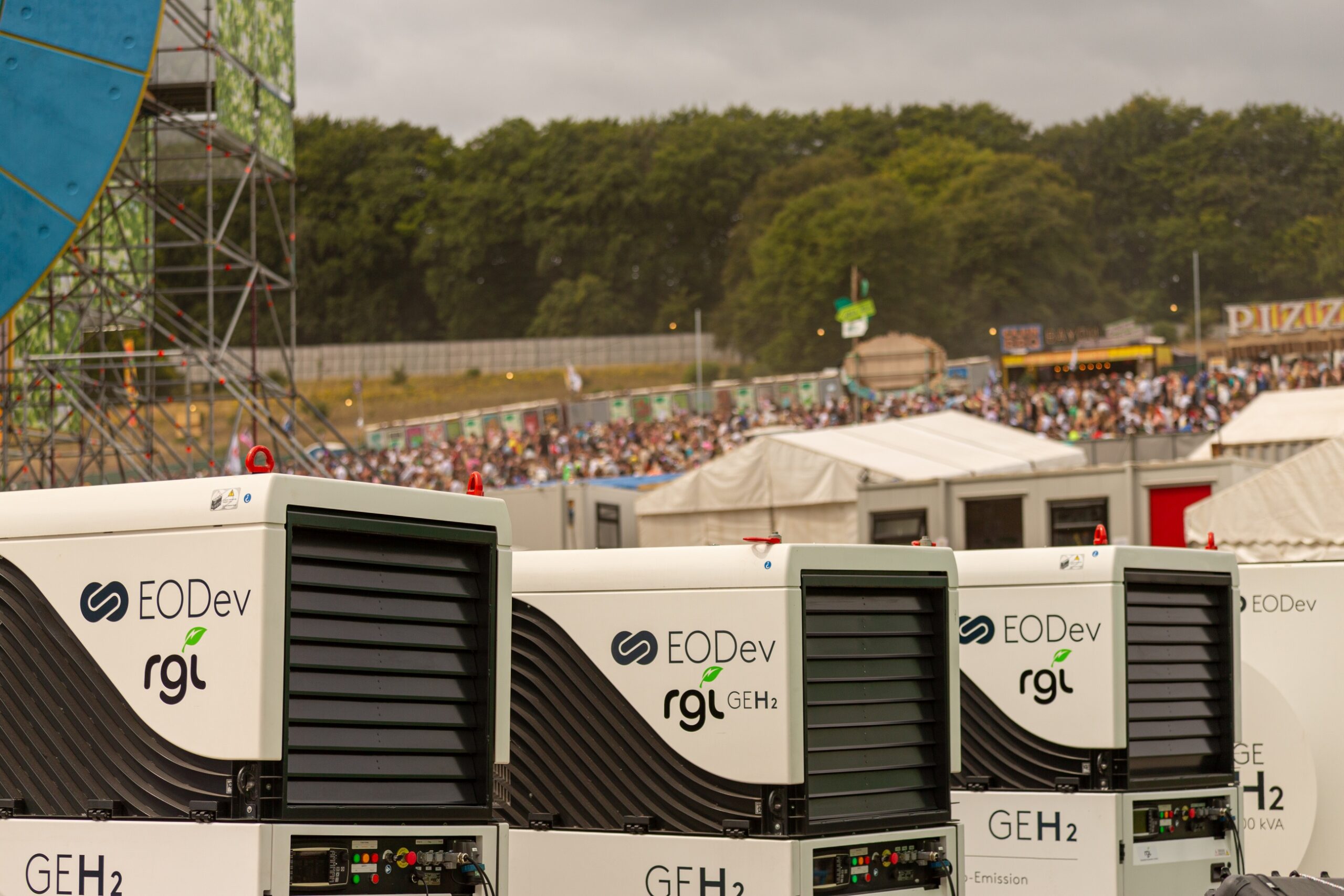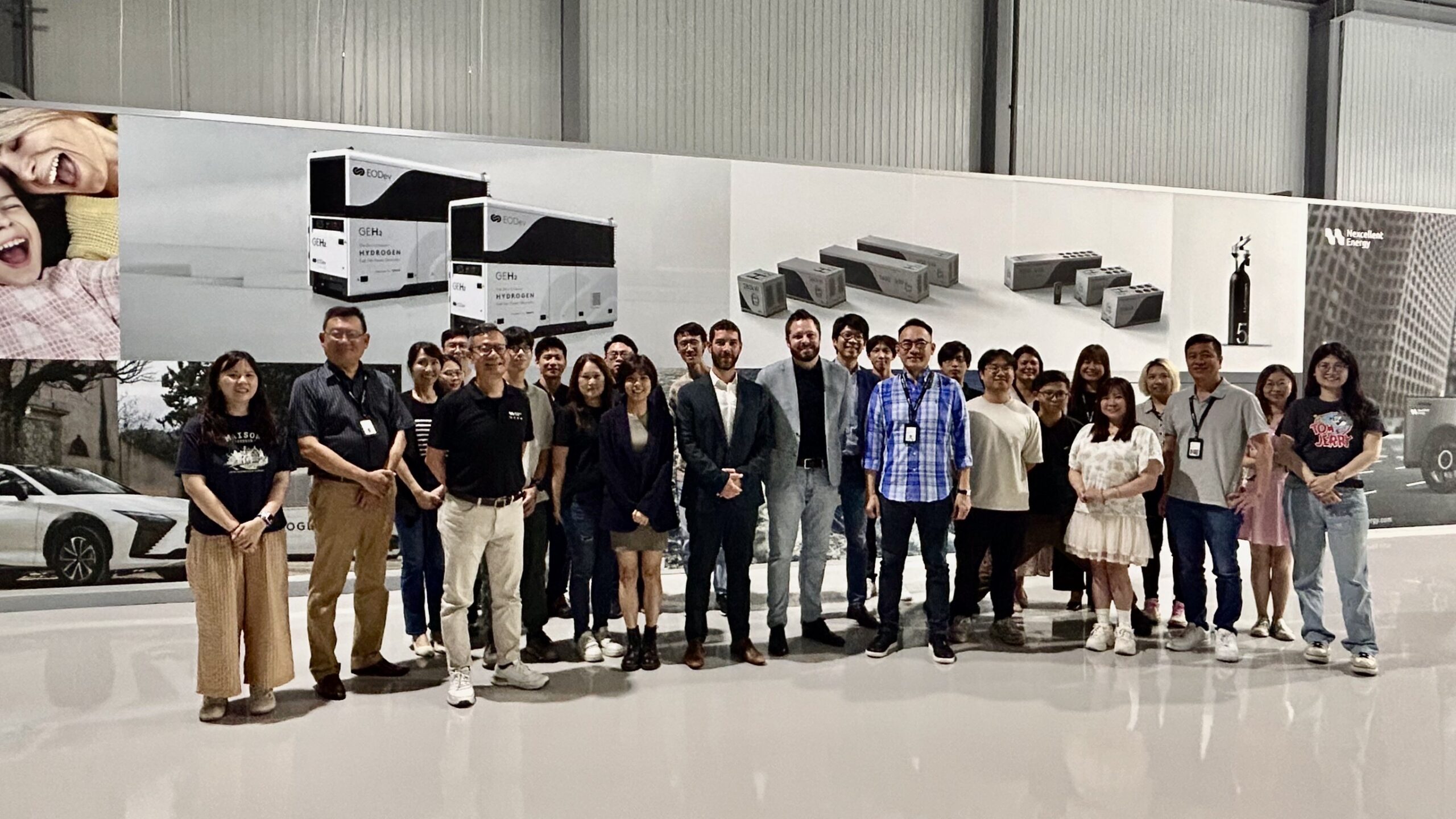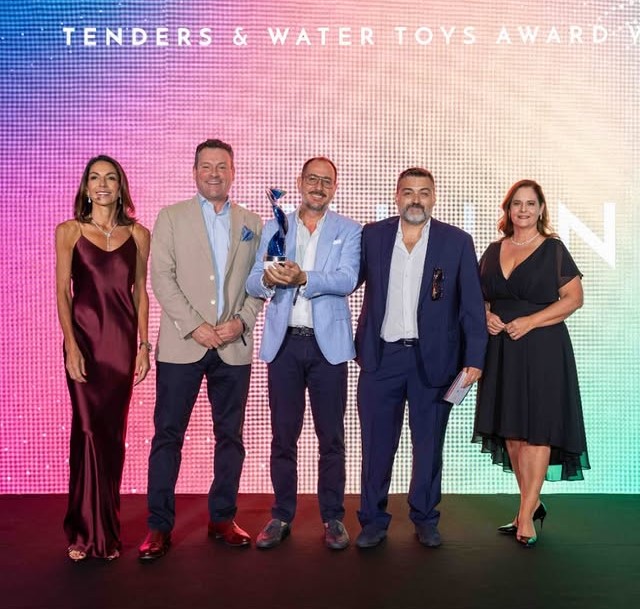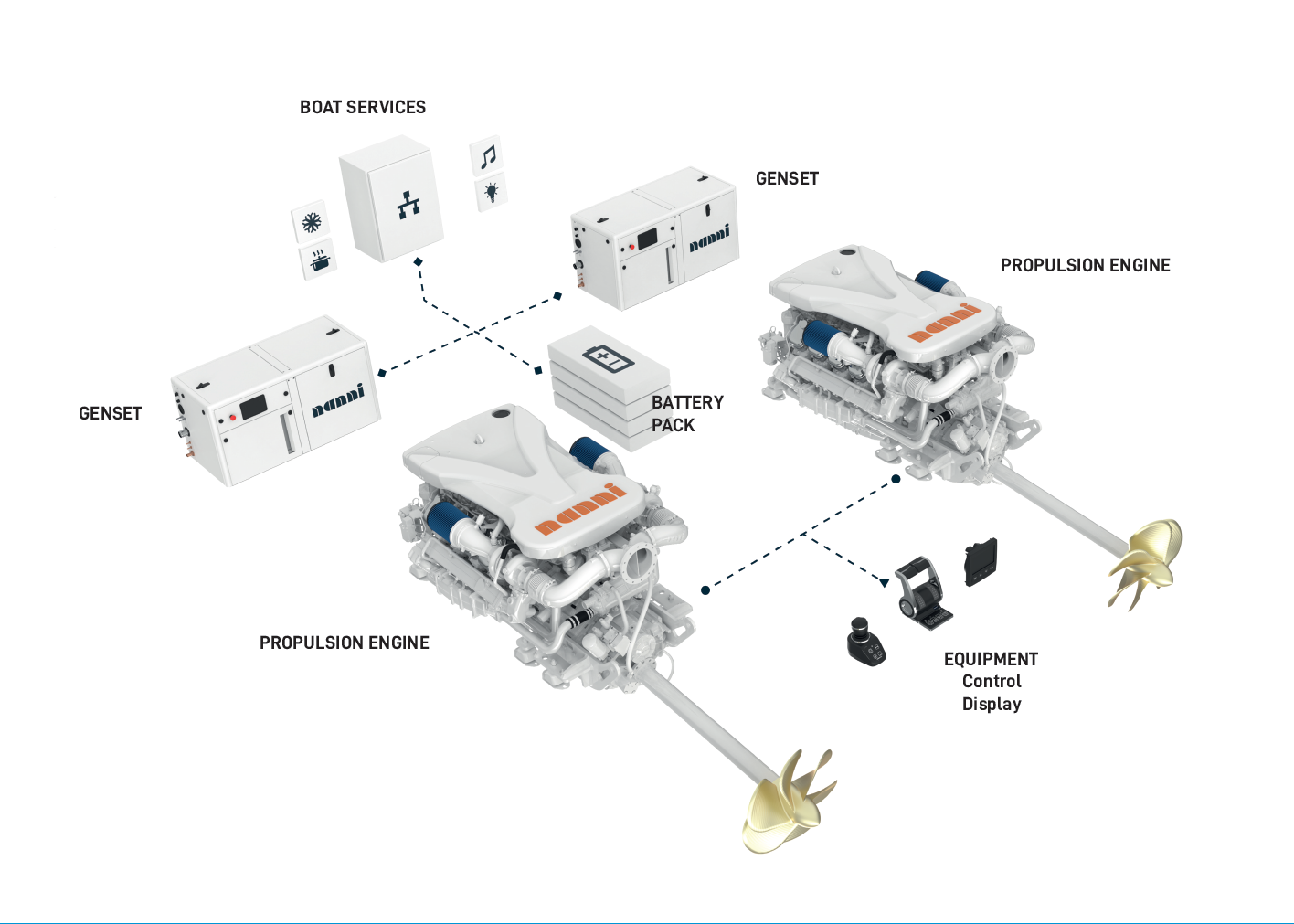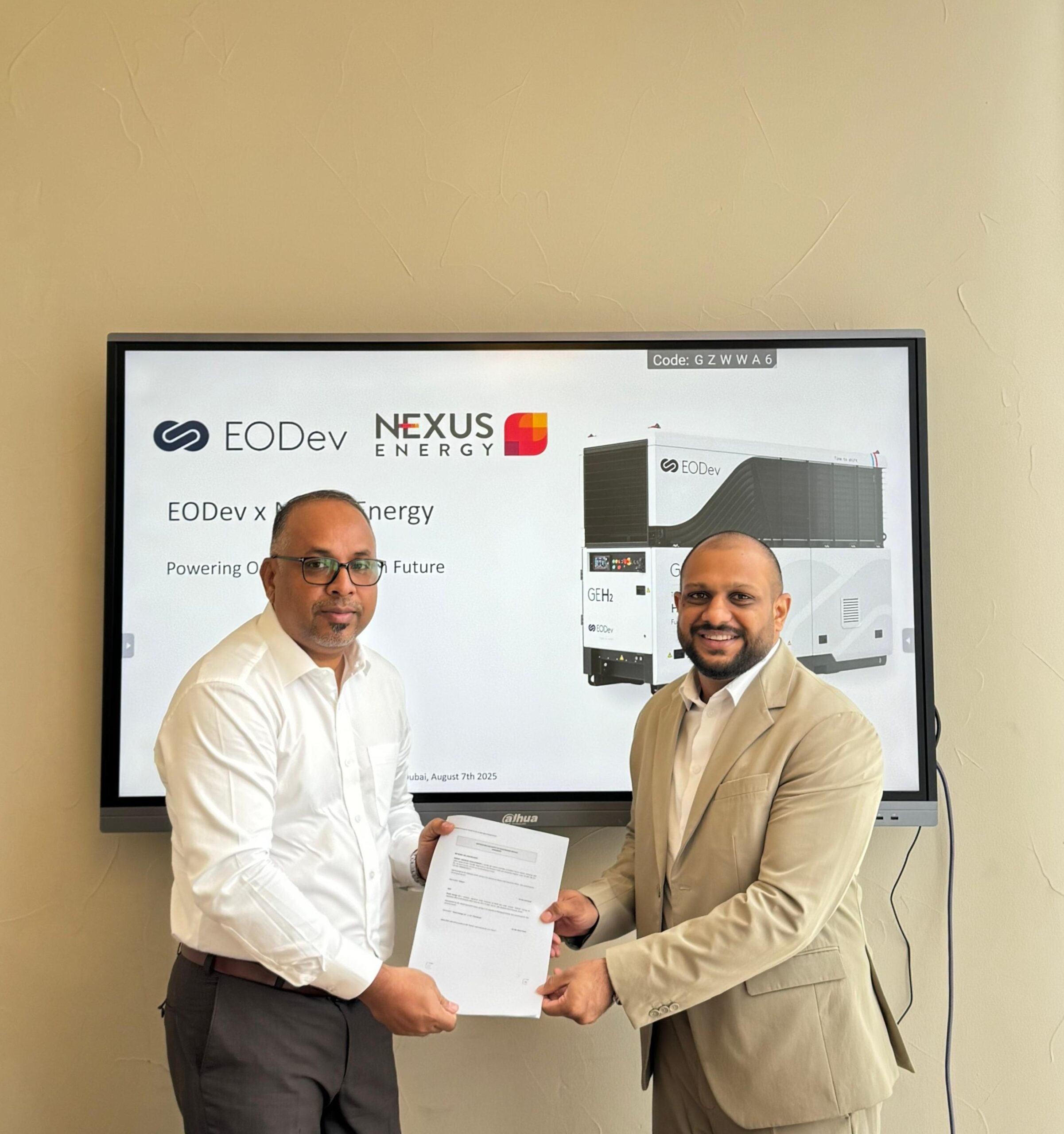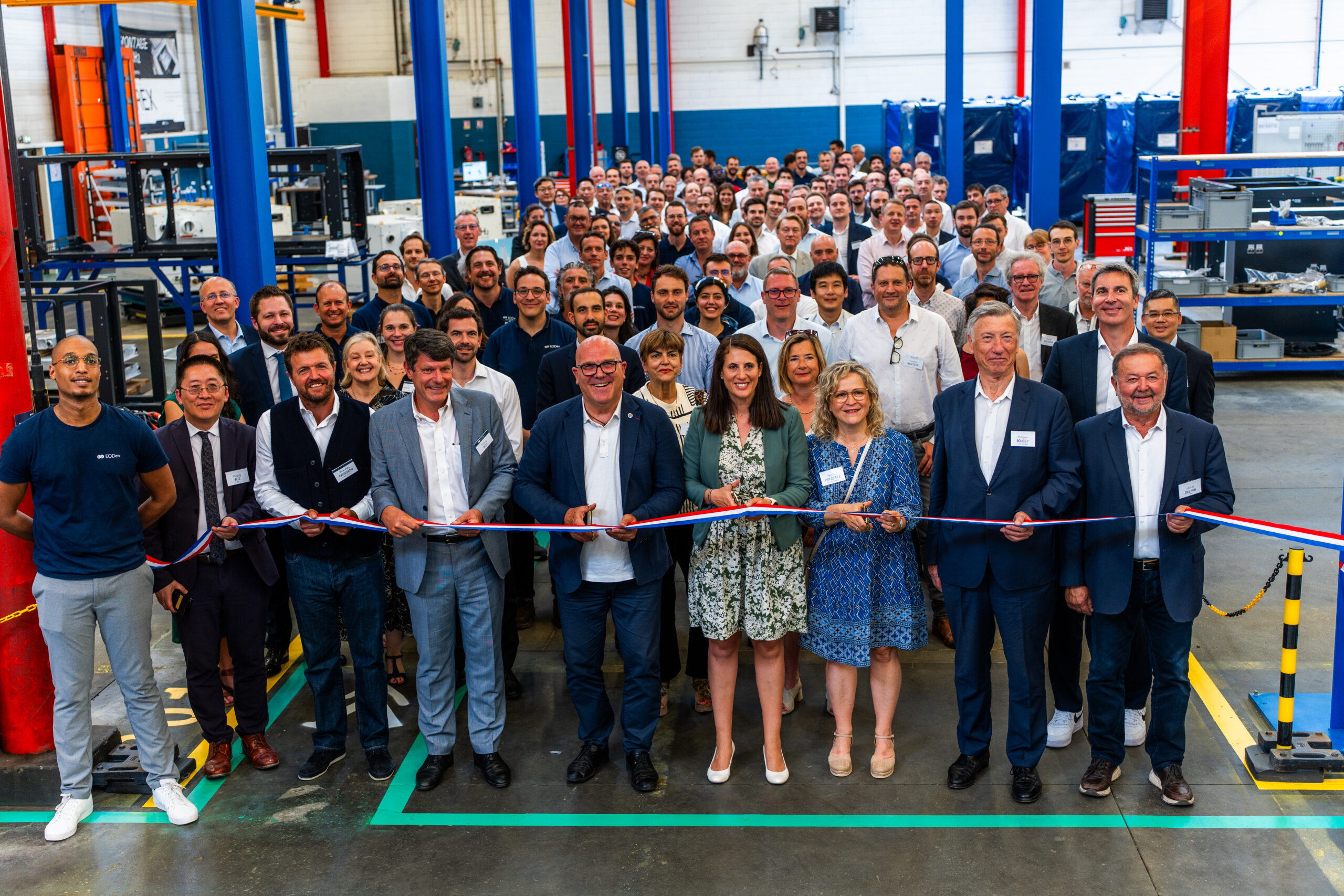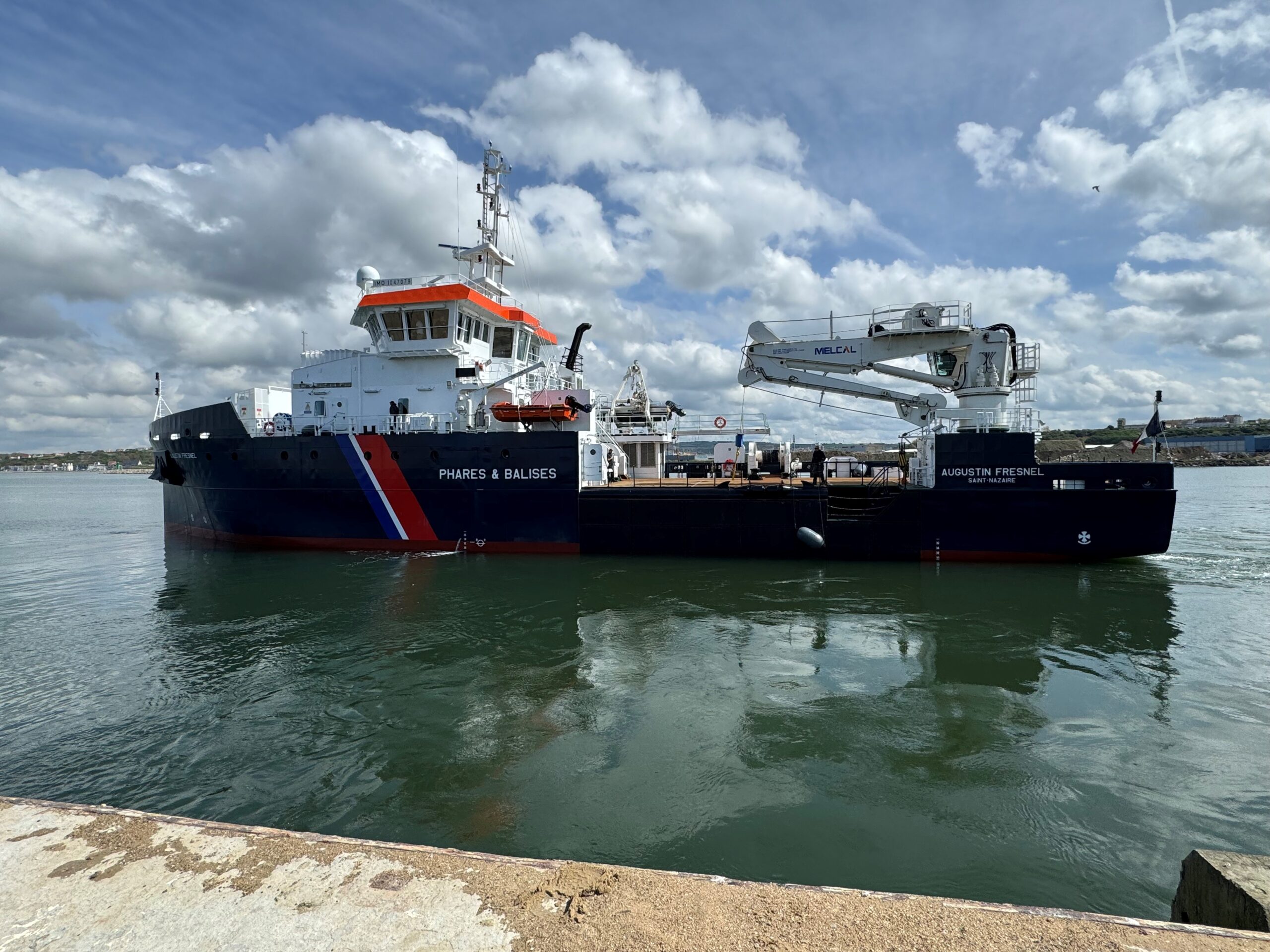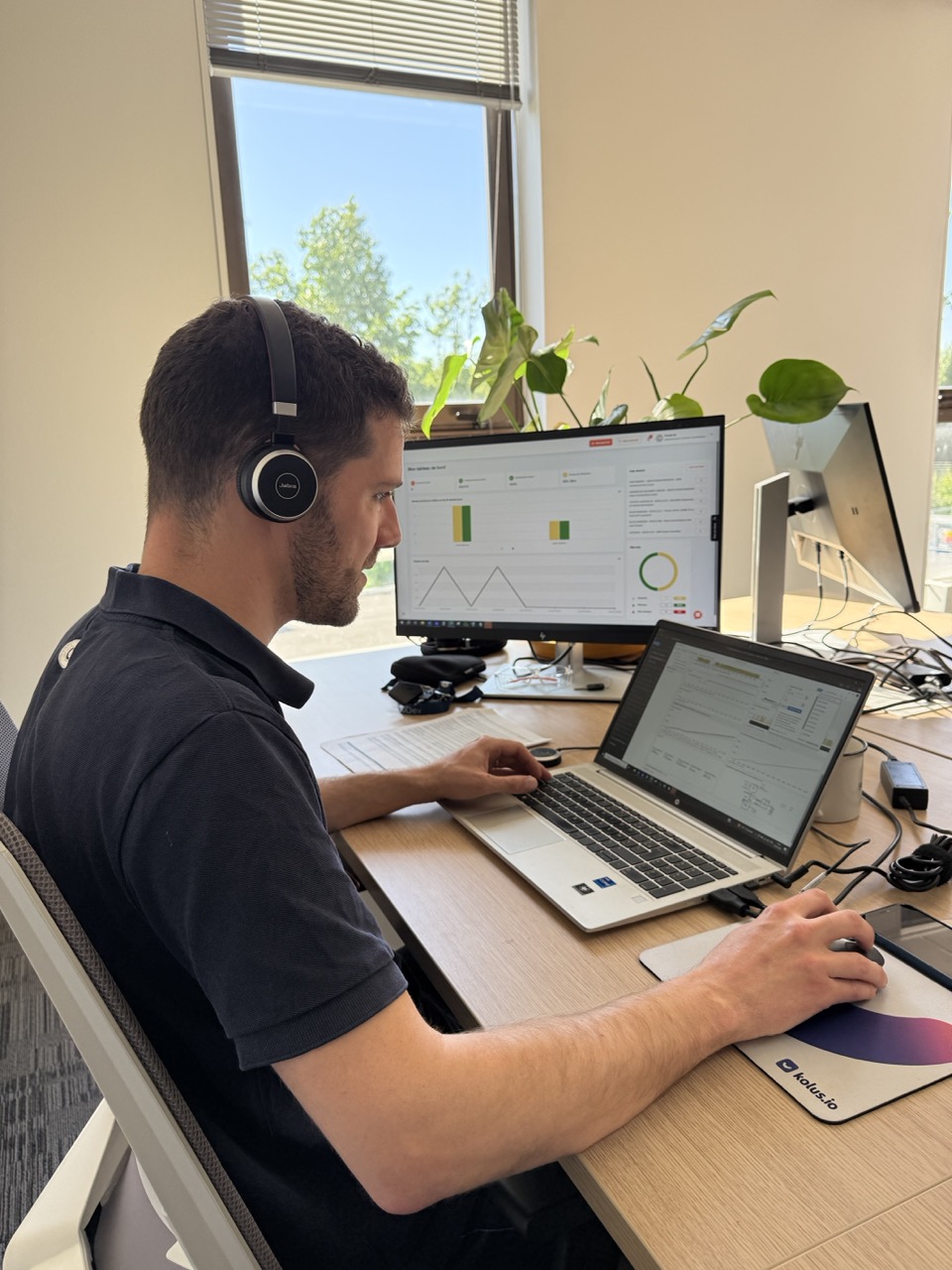Winner of the France AgriMer call for projects in 2021, the Lycée Maritime et Aquacole de Bastia selected, as part of a public call for tenders, the consortium led by the architecture firm MAURIC, with the shipyard Gatto de Martigues, Alternatives Energies and EODev, for the construction of this 100% eco-responsible vessel.
This programme, initiated by the Lycée Maritime de Bastia for the development of a prototype of non-polluting fishing vessel for educational purposes, is entering the construction phase. With a grant of 4 million euros as part of the France Relance Plan, this tailor-made vessel will be equipped with the entire electro-hydrogen energy system providing the energy necessary for propulsion and life on board, with a range of more than 100 nautical miles.
High-tech education and protection of the environment
Designed to be versatile and to change equipment according to the educational objectives targeted, the nearly 20m long and nearly 6m wide vessel will allow students to understand mechanics, navigation or fishing techniques and halieutic research. The Lycée Maritime de Bastia thus promotes the training of students of maritime high schools in the environmental energy performance of the sector, thanks to a cutting edge technological tool.
“It’s a magnificent project, the realization of the ecological transition but above all a tremendous improvement in the quality in education for students who will be the only ones in France to be trained on this kind of equipment”, highlights Michel Ceccaldi, mechanics teacher. “This ship is the Holy Grail for students and teachers,” enthuses Jean-Jacques Riutort, a teacher specializing in fishing.
Optimizing tomorrow’s vessels
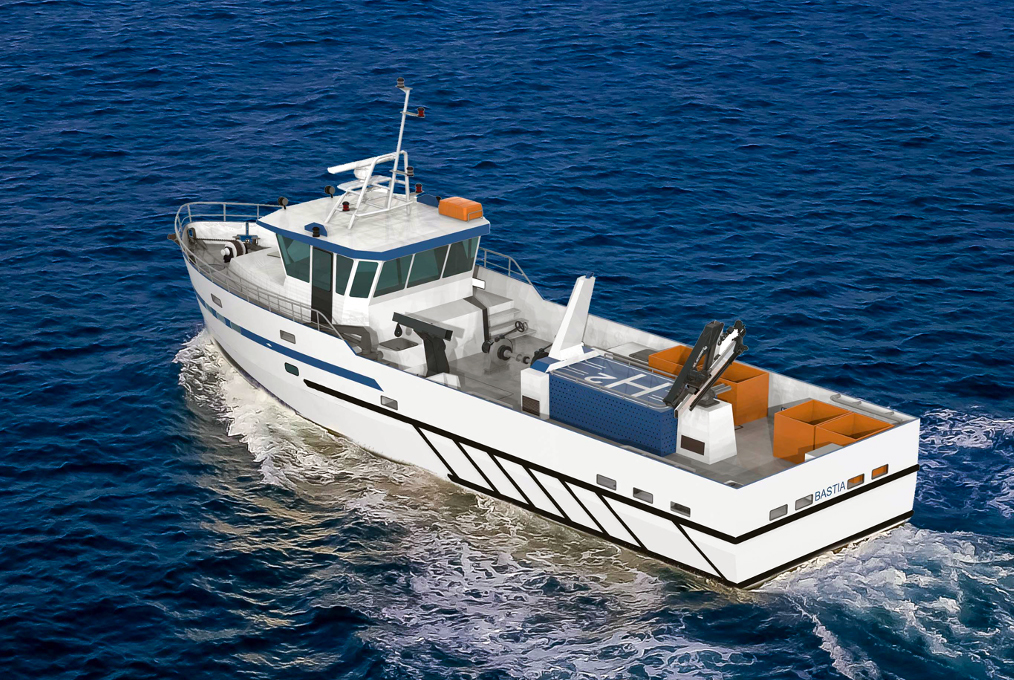
Following an integral life cycle analysis, some elements of bridge and superstructure will be built with eco-responsible materials in order to minimize the environmental impact of their construction. The structure will be made by infusion to combine production efficiency and optimal environmental protection.
On the same principle, the hull of the boat will be optimized using CFD in order to reduce the amount of power installed onboard, limit the quantity of hydrogen to embark and perfectly meet the needs related to the duty cycles of the ship. The energy set consists of two 70kW REXH₂® and two redundant battery packs to be able to operate on a single energy-propulsion unit if needed. Although the system has been optimized to operate at 8 knots for more than 12 hours continuously, thanks to its 9 hydrogen tanks at 350 bars positioned on the deck, the ship will be able to reach 12 knots with its 12 passengers and 2 crew members.
“It’s a zero pollution and zero emissions ship to also train students to be the ambassadors of the ecological transition”, insists Julien Cometto, deputy director of the Lycée Maritime.
Thanks to the the range of the vessel, the students will be able to go out to sea for several days and participate in operations with the partners of the maritime school such as the Search & Rescue team of Bastia. This first prototype will also serve as an example for cleaner ships ; whether in education, tourism, transport and for all other nautical activities, including of course fishing.

